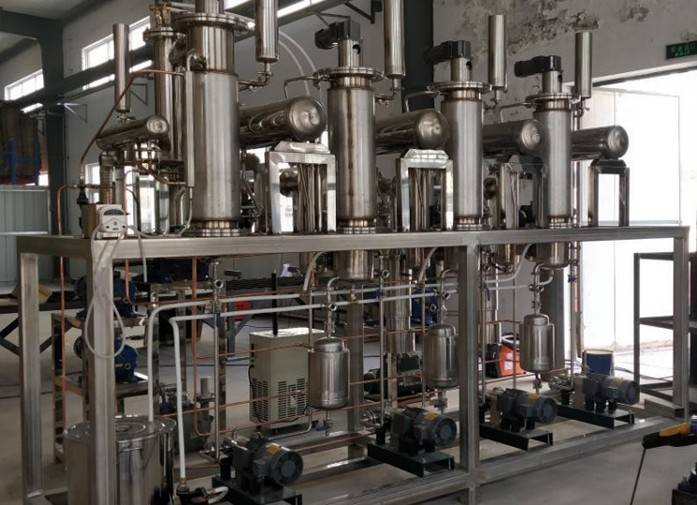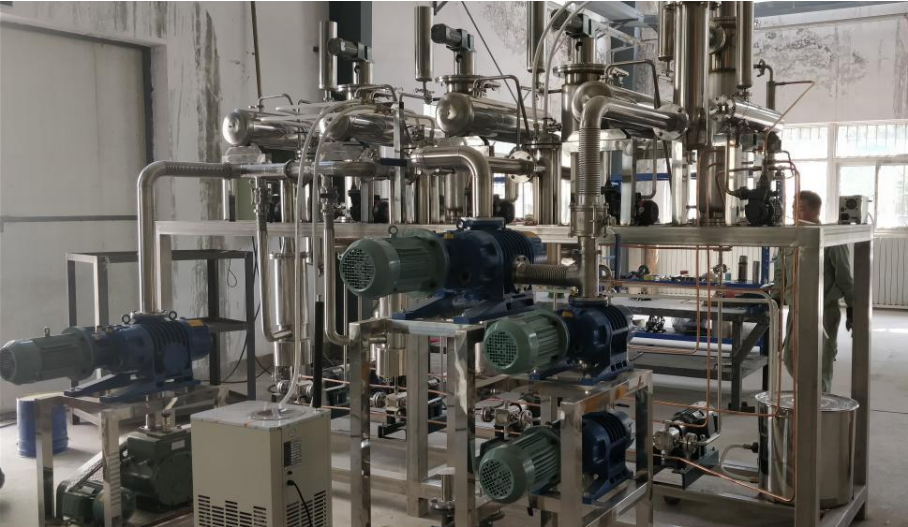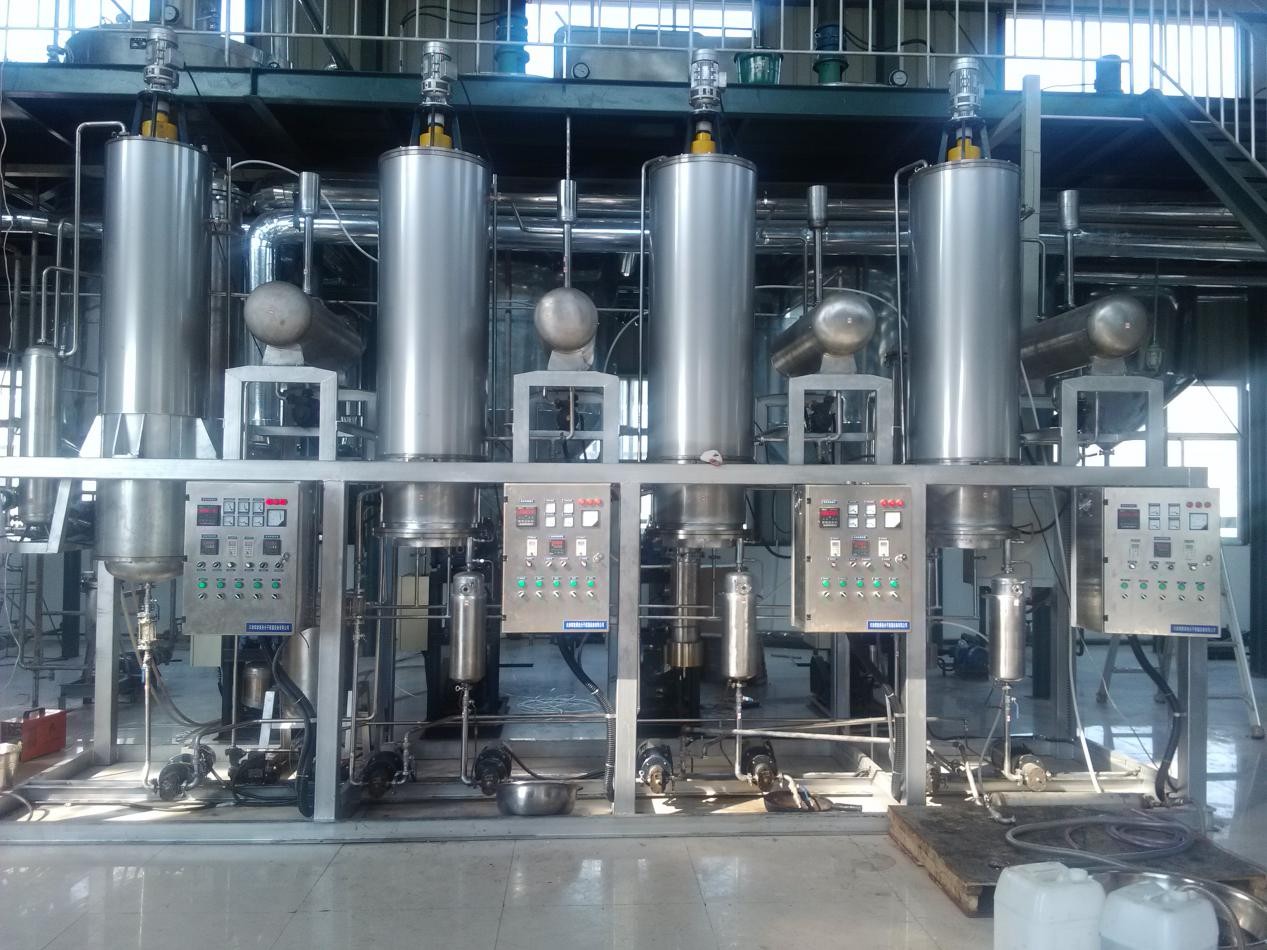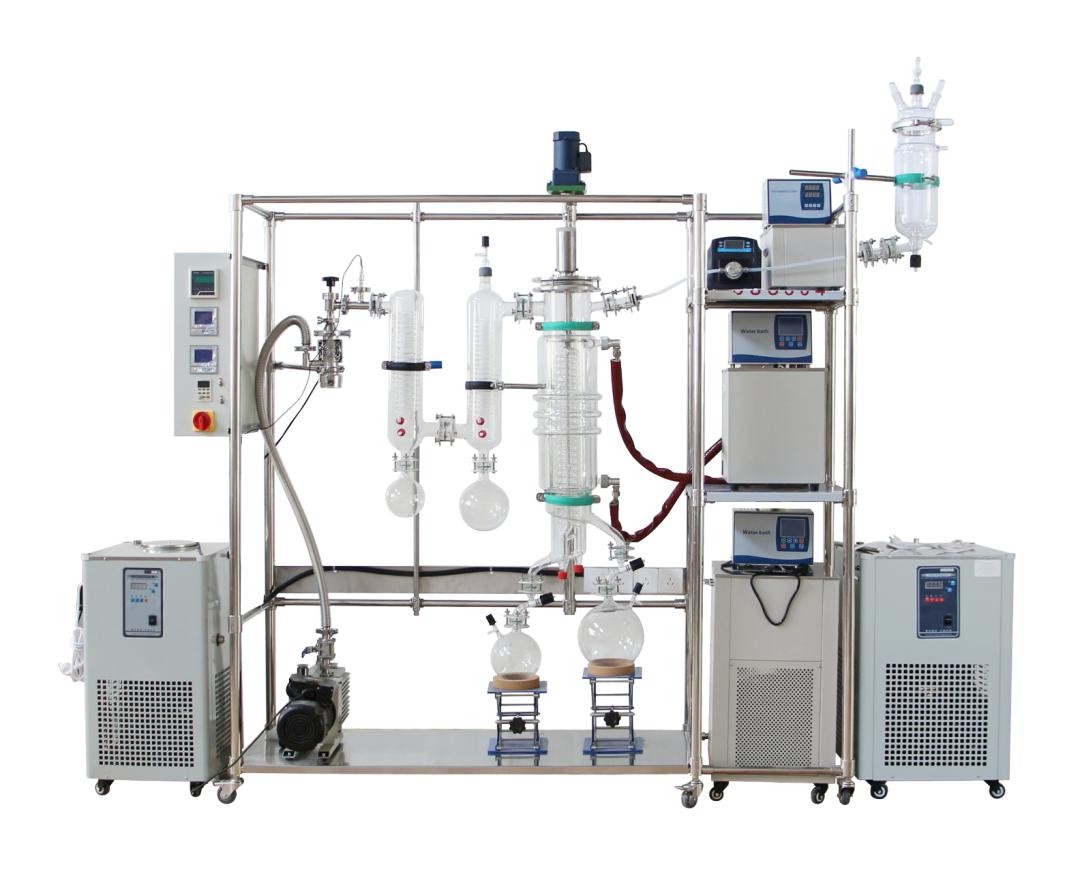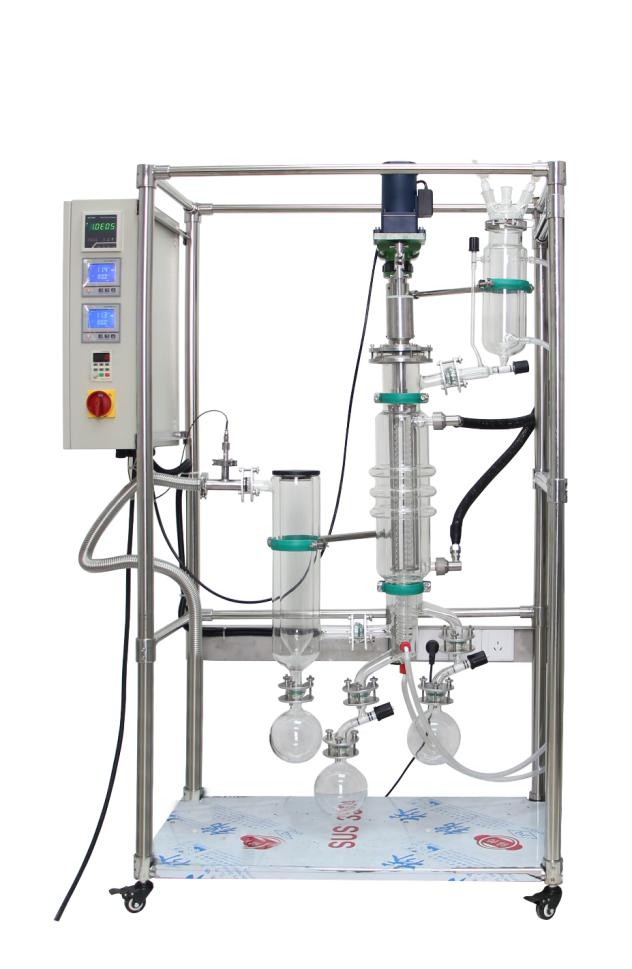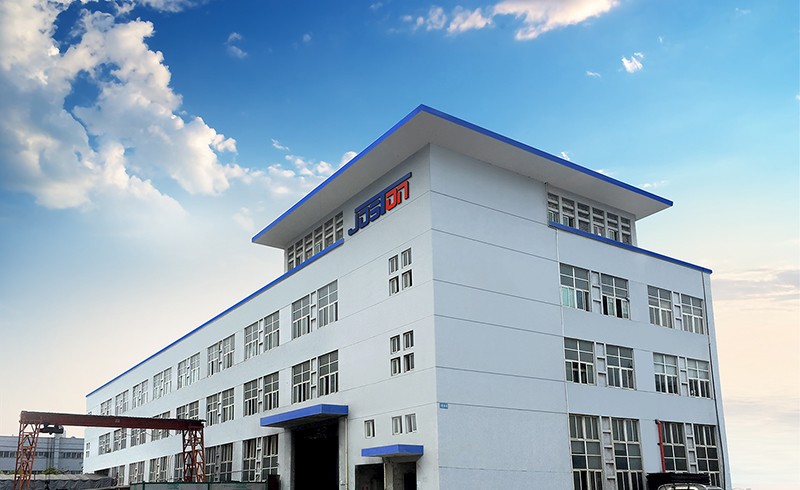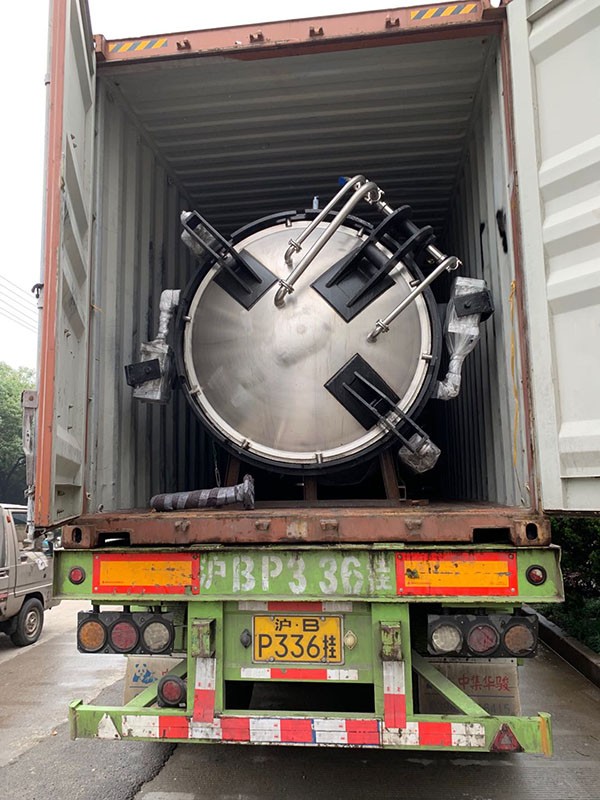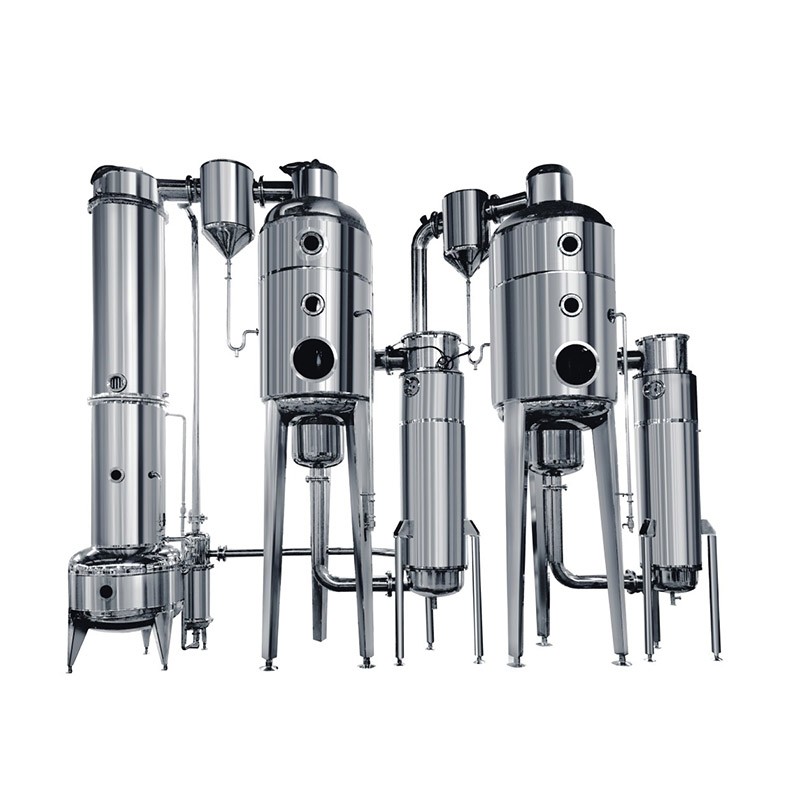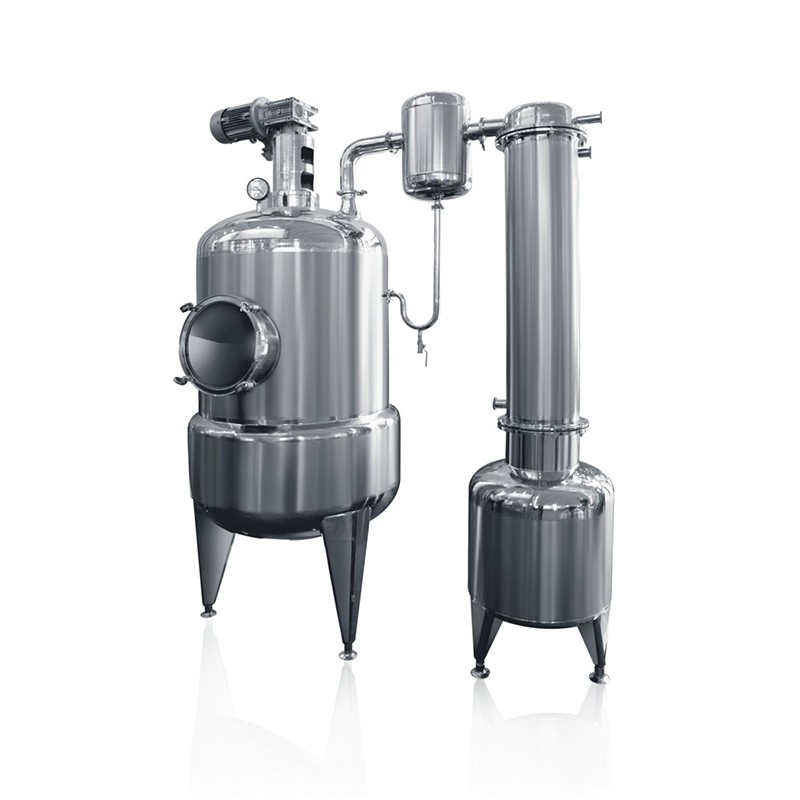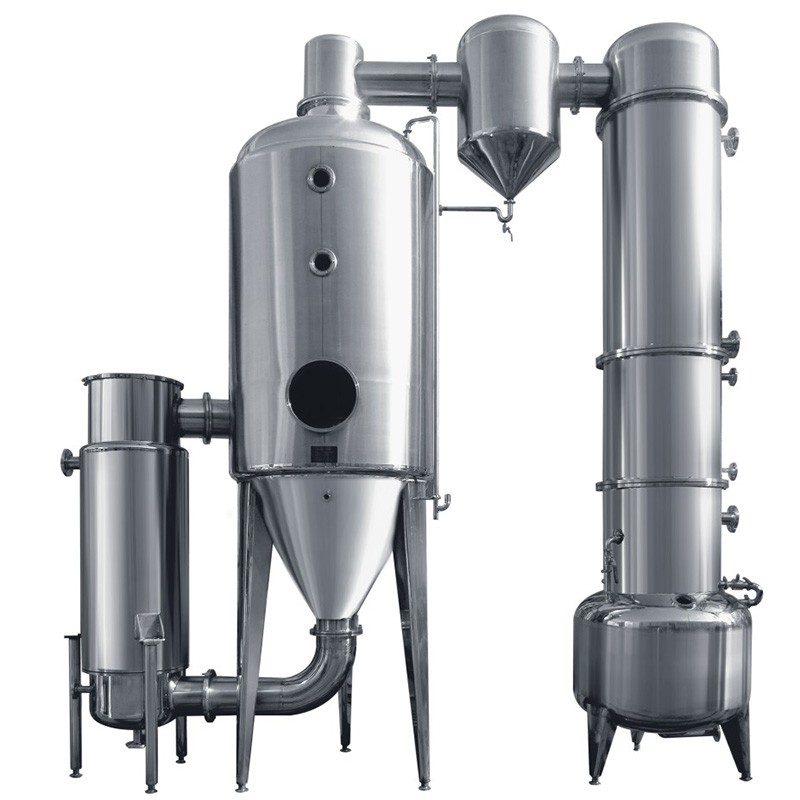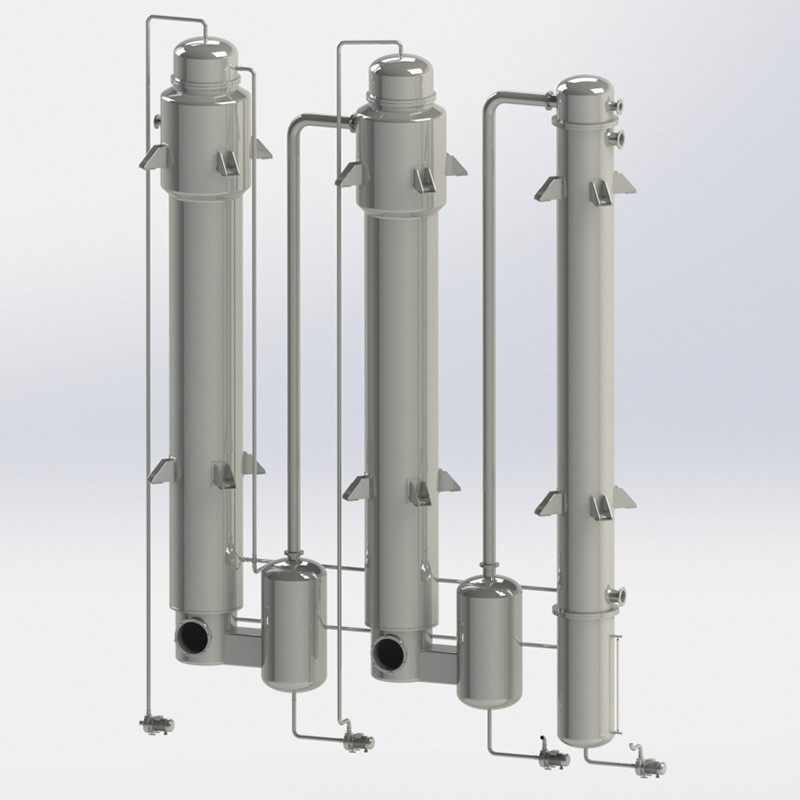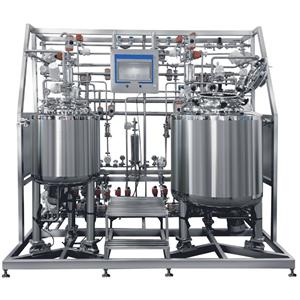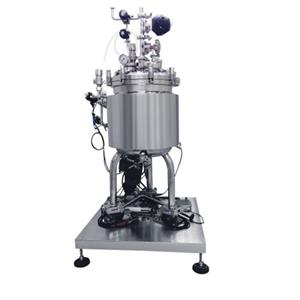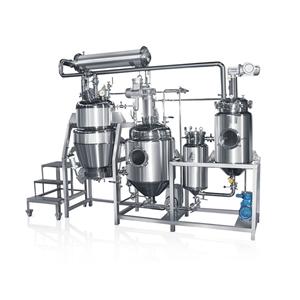Molecule Distillation Machine

- JOSTON
- WENZHOU, CHINA
- 45 days
- 10 SETS/MONTH
Molecular distillation is a special liquid-liquid separation technology, which is different from the traditional distillation that relies on the principle of boiling point difference separation, but on the difference of the average free path of the movement of different substances Based on the working principle of molecular distillation, the short-range molecular distillation system is a kind of efficient equipment for purifying plant essential oil to obtain high-purity oil.
Working principle:
Molecular distillation is a distillation process in which molecules evaporated on the heating surface reach the condensation surface as short as possible under high vacuum (< 10Pa) to condense, so as to realize liquid-liquid separation. When the distance between heating surface and condensation surface is less than or equal to the average free path of evaporated molecules under operating vacuum and temperature, the distillation process is also called molecular distillation.
Distillation process: the material enters the short-range distiller from the upper flange cover, and the distribution plate is continuously and evenly distributed on the vertical cylinder heating surface. When the material falls by gravity, the rotating film scraping device forces the extremely thin turbulent liquid film on the heating surface After a short distance, the evaporated molecules reach the built-in condenser and condense. They are discharged through the discharge port at the bottom of the evaporator. The heavy components enter the residue collection tank of the short-range distiller and are discharged from the side outlet.
Performance features:
1. High working vacuum and low distillation temperature;
2. Large heat transfer coefficient and high evaporation efficiency;
3. The heating time is short, the "dead angle free" design of DZ series short range distiller avoids the accumulation of materials in the distribution plate, heating surface and scraping film system, and reduces the thermal polymerization and thermal decomposition of heat sensitive substances.
Structural features:
The transmission device and mechanical seal of the short-range distiller are specially designed and manufactured to meet the long-term stable operation of high-precision equipment. According to the working condition and material characteristics of the short-range distiller, the reduction ratio of the transmission device, the lubrication mode of the mechanical seal (forced circulation lubrication, static lubrication) and the cooling mode of the mechanical seal are determined.
1. The evaporation cylinder is processed as a whole without intermediate flange connection;
2. The surface finish of the cylinder body is high and it is not easy to stick materials: the surface finish of the fine grinding can reach Ra0.8 μ m, and the special polishing finish can reach Ra0.2 μ m;
3. The unique design of liquid distributor and splash proof device can effectively guarantee the product quality; the high-precision design and manufacture of DZ series short-range distiller can ensure the long-term stable operation of the device, the evaporation process is very soft, almost no splash and entrainment, in most cases, even without splash proof device, it can meet the product requirements. When dealing with some special materials and having special requirements for products, the anti splashing device of DZ series short range distiller can more reliably guarantee the product quality;
4. Various types of film scraper are optional, with wide application range: inclined groove scraper, roller type, metal hinge type, fixed scraper type, etc.
Scope of application and typical application:
Distillation, purification, concentration and decolorization of petrochemical and chemical products; distillation and purification of heat sensitive and easily oxidized chemical industrial products; distillation and separation of high boiling point products. For example: distillation and refining of polyunsaturated fatty acids (oleic acid, linolenic acid, fish oil fatty acid (ethyl)) and their derivatives; refining of monoglyceride; refining of dimeric acid; refining of VE and phytosterol; recovery of liquid crystal electron waste stripping liquid; removal of monomers by high molecular polymer; refining of coal to oil Fischer Tropsch wax, etc.

